Which iPhone should you buy?
Apple has eight (!) iPhones on the market – let's make your decision easier

Which iPhone should you buy?
Gone are the days when Apple only sold one iPhone model. These days there are eight to choose from – but how do you know which one’s right for you? Luckily, we’re here to save you some of the hassle. We’ve reviewed and extensively used all of Apple’s current iPhones, and we can point you towards the right device for your wants, needs, and budget too.
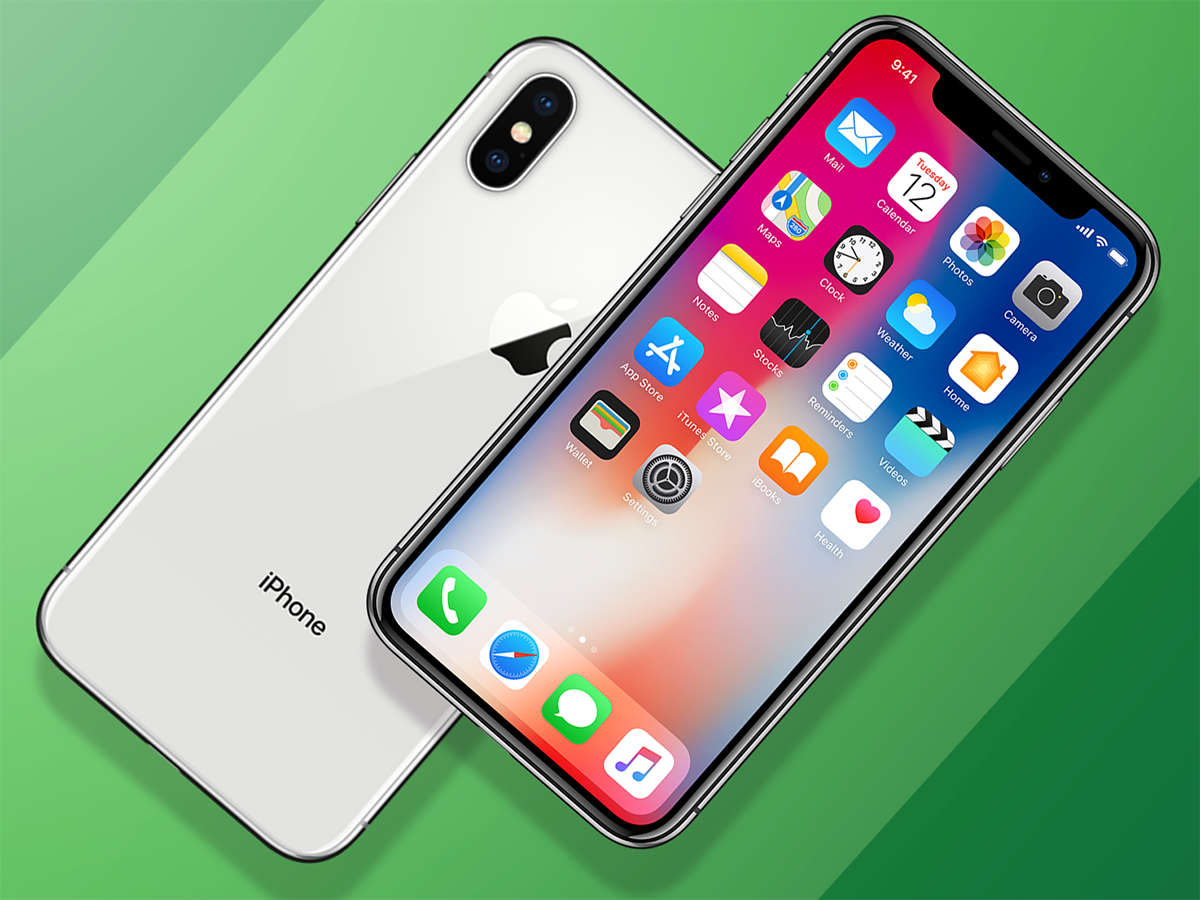
For cutting edge tech: iPhone X (From £999)
At £999 for the base 64GB model, or a wallet-torching £1149 for 256GB, buying an iPhone X is no small decision. But with its gorgeous, ultra-premium design, top-end performance and cool new perks such as Face ID, clever camera, and the first AMOLED screen on an iPhone, it does its best to justify the cost. You can find strong Android flagships for half the price, or a much more affordable iPhone elsewhere in Apple’s lineup, but if you can afford it, this is the first iPhone in a long time that feels genuinely fresh, innovative, and downright futuristic.
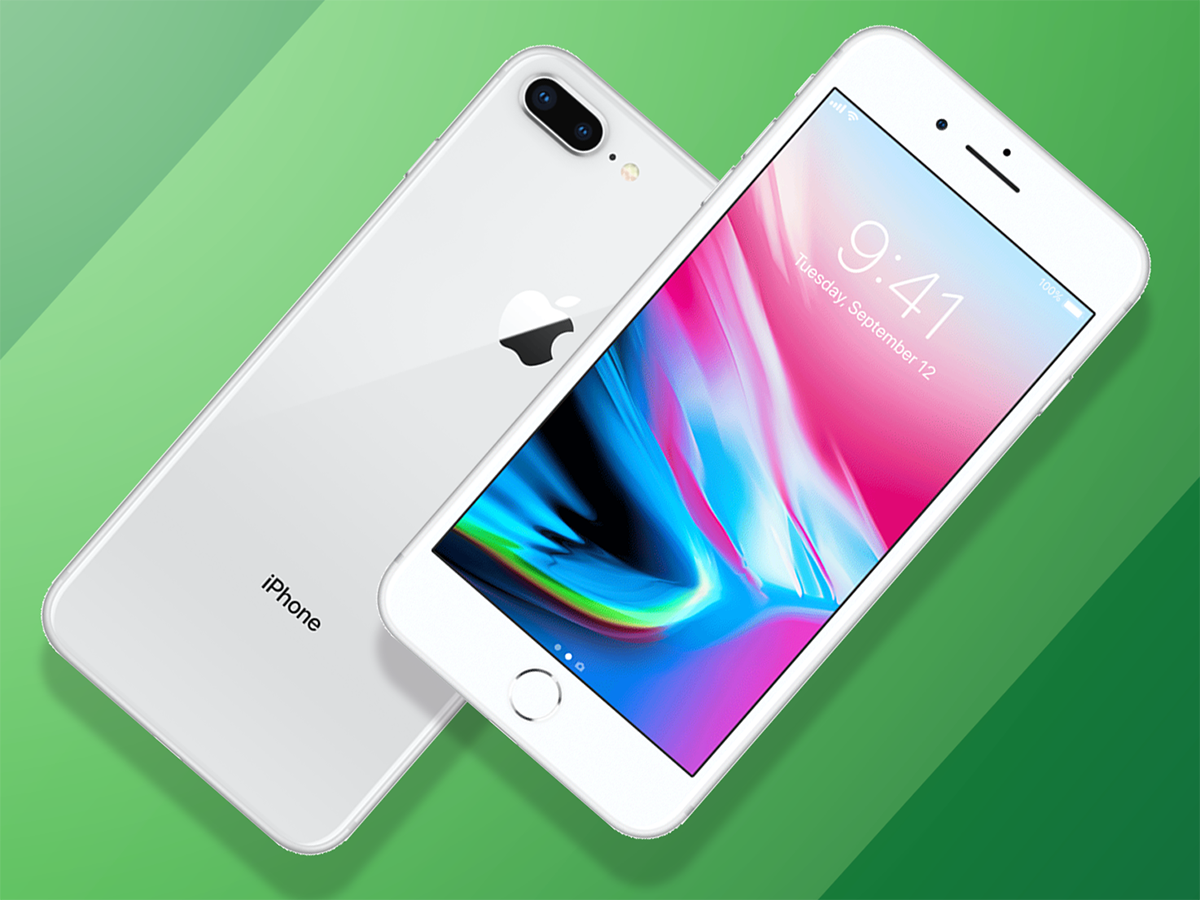
For big-screen familiarity: iPhone 8 Plus (From £799)
Apple’s latest XL phone got somewhat lost in the hype around the iPhone X, but the 8 Plus refines the 7 Plus by packing in the same A11 Bionic processor found in the X, while the dual-camera system on the back offers better Portrait shots than before. The design is much the same, with a 5.5in LCD screen, albeit now with True Tone tech that adjusts the colouring based on your ambient lighting conditions. If you’re still attached to your home button or can’t stretch to the X, the 8 Plus is still a great option.
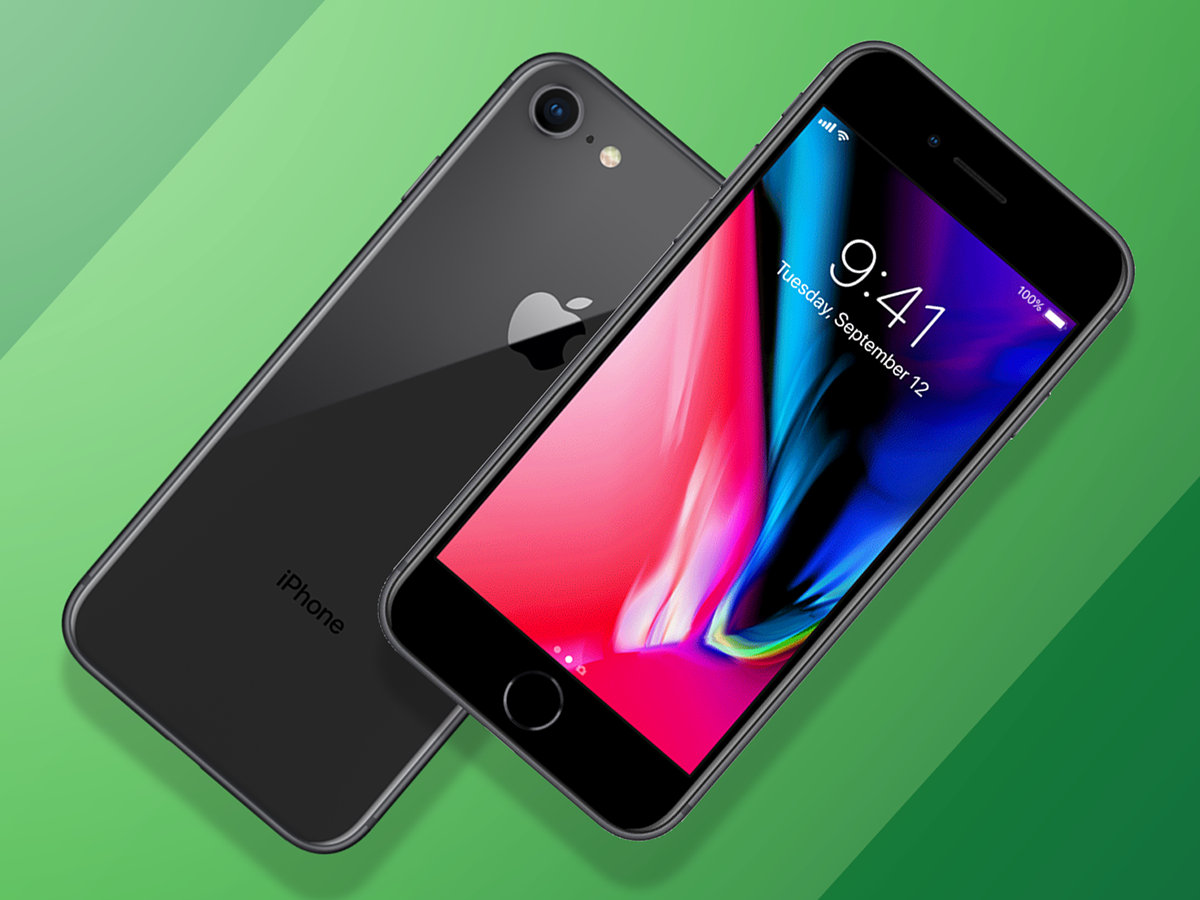
For power, not size: iPhone 8 (From £699)
Once the head of the family, the standard iPhone is now only the third-best available. With its new glass back you now get wireless charging skills but compared to its bigger brothers the screen’s lower-res, plus there’s only one camera on the back. It is that little bit smaller though, so if you’re in the market for the latest but don’t have the pocket space for something over five inches, the 8 is a powerful, premium, one-handed wonder, even if the design is getting a bit overly familiar.
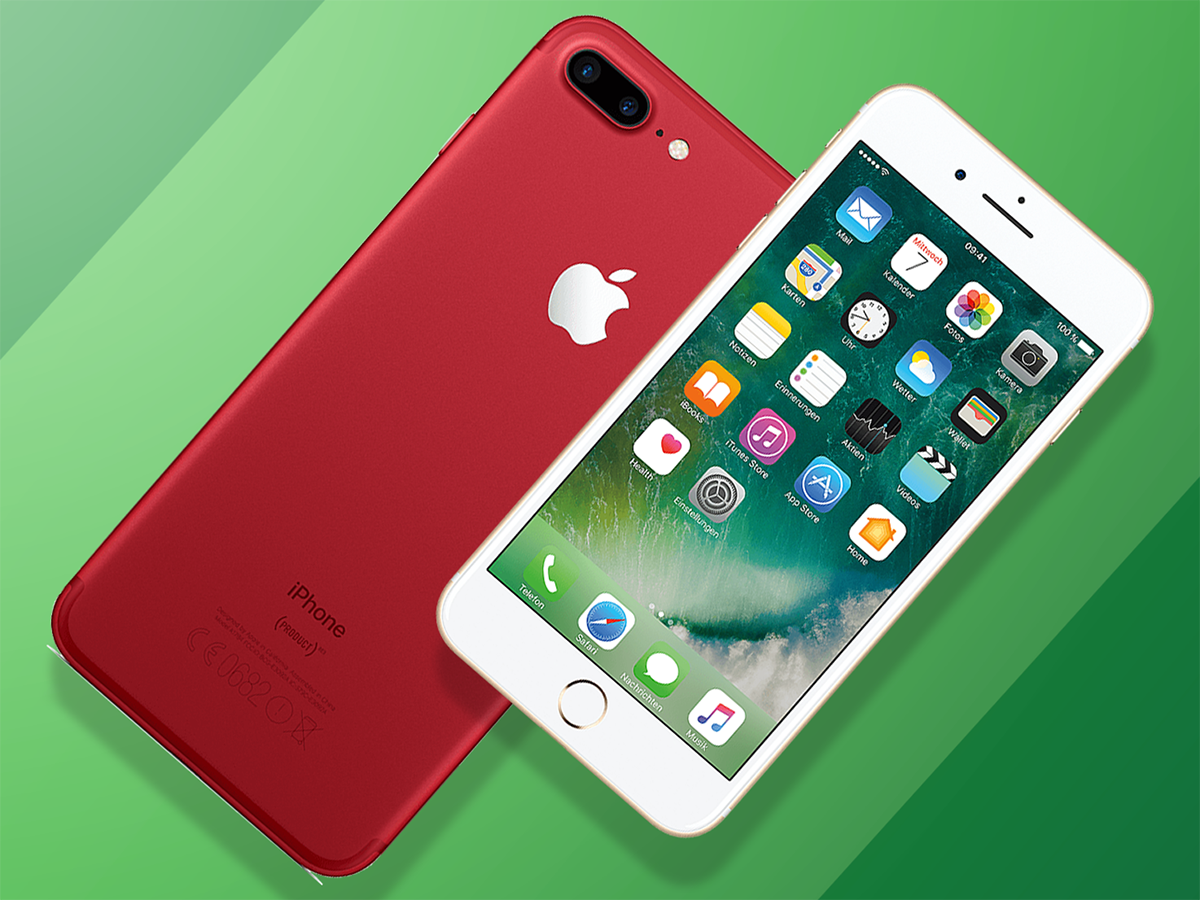
For bargain hunters: iPhone 7/7 Plus (From £549/£669)
At a glance it’s difficult to tell the difference between the newest iPhones and the older 7 and 7Plus, so if you’re not fussed about owning the latest and greatest, going back a generation can save you a fair wedge of cash. In truth, underneath, the differences aren’t huge either. There’s no wireless charging or True Tone screen tech, and neither model is quite as powerful but they’re by no means sluggish. Considering you can save up to £150 by plumping for a 7 or 7 Plus over the newest models, they’re both still well worth a look.
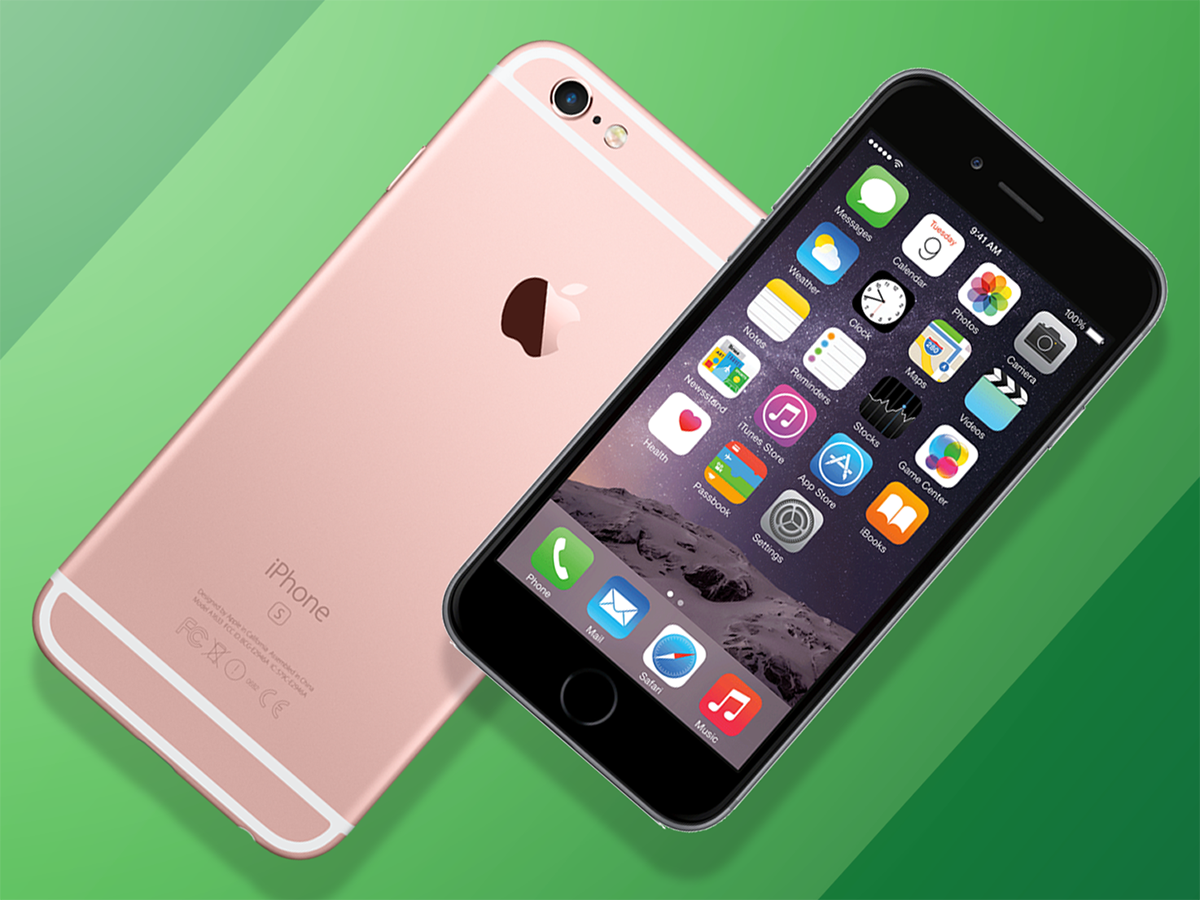
For penny pinchers: iPhone 6s and 6s Plus (From £449/£549)
Going back two generations is a bit riskier, because iOS will feel a bit slower on these two-year-old handsets, with iOS 12 working them even harder when it arrives in the autumn. Specs-wise, though, there’s not a huge difference. The chips inside will lack muscle but both models have the same size screens as their successors and the same goes for the megapixels on their cameras, although the aperture is slightly narrower. Without the dual-camera setup though, the 6s Plus just isn’t worth the extra cash.
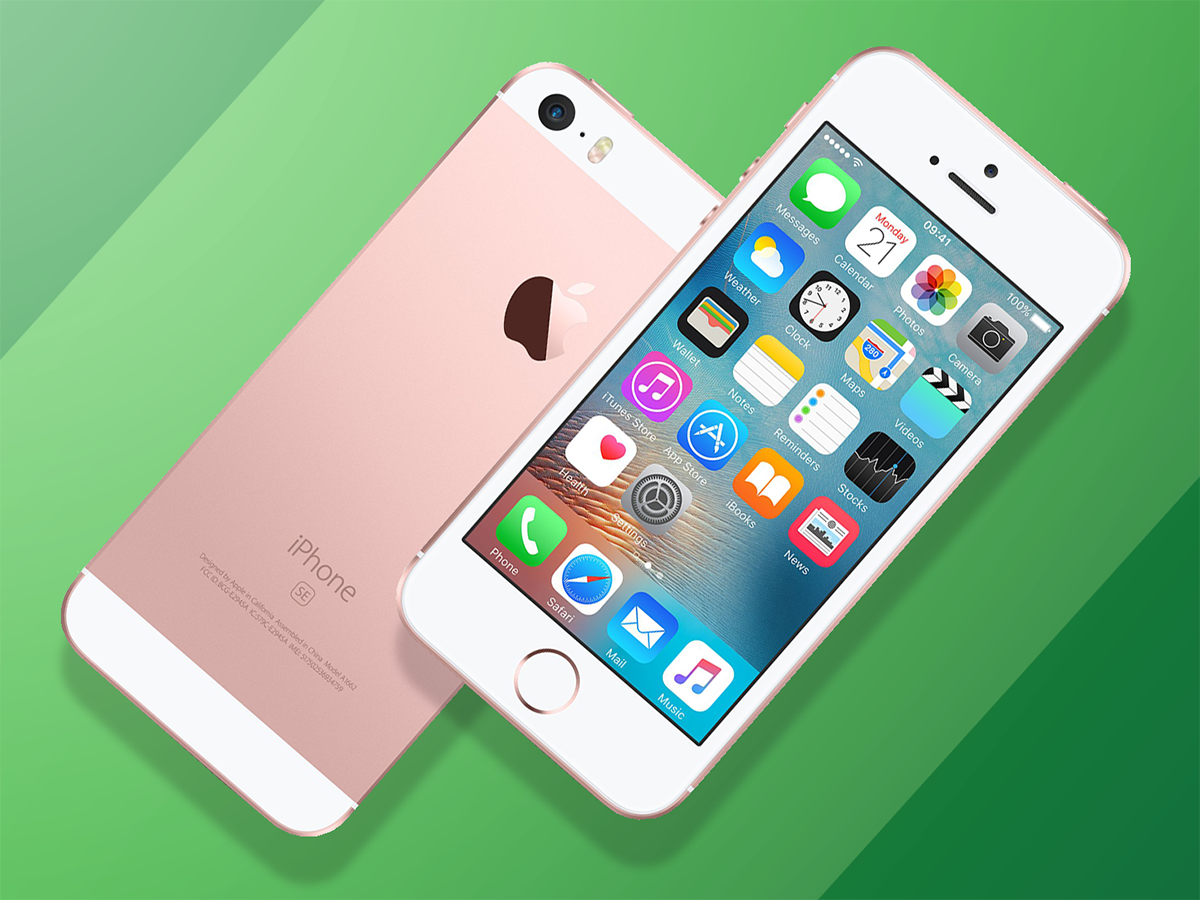
For small-handed Apple fans: iPhone SE (From £349)
Here it is: the cheapest iPhone you can still buy new from Apple today, and at about one-third of the price of the iPhone X. What’s the deal? Well, it’s tiny, it uses a design that’s positively vintage, and it lacks the 3D Touch pressure-sensitive screen from every other phone on this listing. And yet, if you want an iPhone that’s under 4.7in this is your only option. It does feel small in comparison but with the same chip as the 6s it’s still reasonably speedy, with a solid 12MP camera and the option to bump its stingy 32GB storage up to 128GB for £100.


